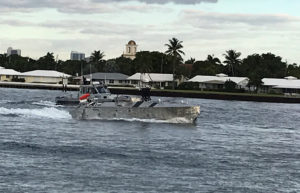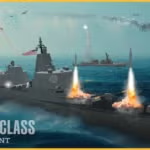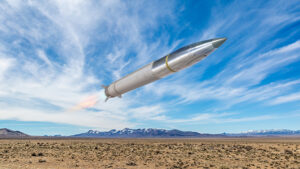
In a surprise win, the Navy awarded Bollinger Shipyards a $14 million contract on April 8 for production of the Mine Countermeasures Unmanned Surface Vehicle (MCM USV) over two other bids. One of the bidders is believed to be Textron Systems [TXT], which has worked with the Navy for years in MSM USV experimentation via the company’s Common Unmanned Surface Vessel (CUSV) vehicle towing the Unmanned Influence Sweep System (UISS) system. The company did not return calls by deadline regarding…

 By
By 











